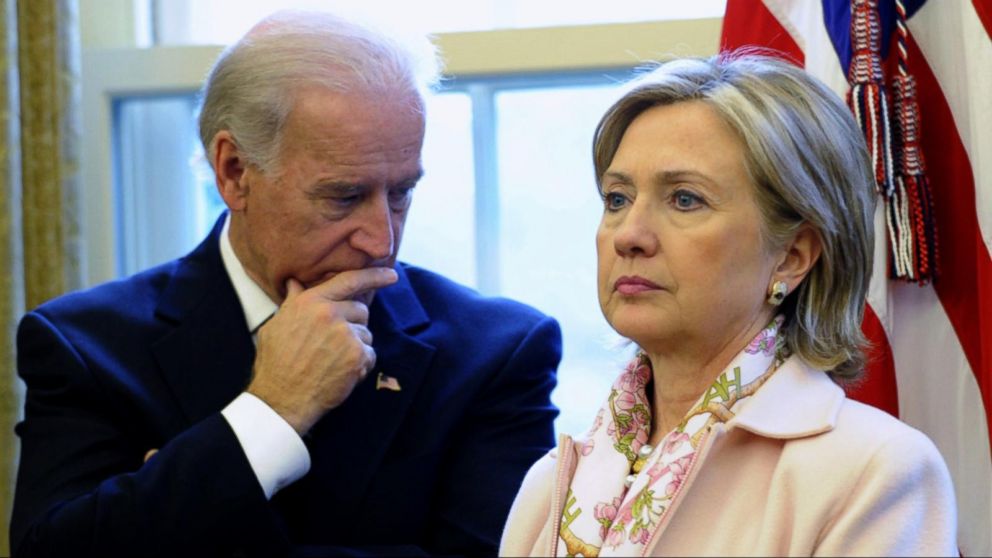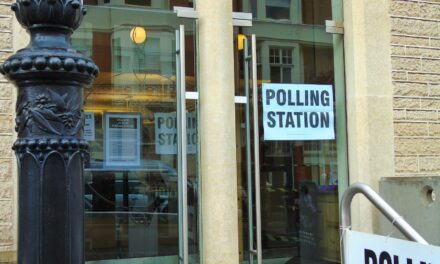In 2016, Hillary Clinton’s polling lead in Pennsylvania slipped away almost imperceptibly . t never fully disappeared, making her loss by 44,292 votes a shock to prognosticators. Collectively, more than 20 distinct polling operations surveyed a Clinton/Trump matchup in the state dozens of times. From the first poll in August 2015 to the last, released on Election Day, Trump led in only three, all of which were outliers at the time they were released.
Yet, the double-digit lead Clinton typically enjoyed in late-July and early August became a high single digit lead by late-August and early-September. After that, a the polls bounced in a narrow band until then-FBI director James Comey sent his infamous letter to Congress on October 28 announcing a reopening of the Clinton email case. Of the ten surveys i conducted entirely after the Comey letter, Clinton’s lead was three points or less in eight of them.
A May 2017 autopsy of the election by Nate Silver of FiveThirtyEight concluded that the Comey letter cost Clinton the election. Undecidedvoters broke heavily against her, Silver concluded. Still, on the morning of Election Day, FiveThirtyEight gave Trump a mere 11 percent chance of winning the popular vote nationwide and an 18 percent chance of winning the election. The final HuffPost forecast for Pennsylvania had Clinton leading narrowly, 45.5 to 41.4 percent.
As of the morning of September 29, 2020, the average of polls at FiveThirtyEighthas Joe Biden leading Trump in Pennsylvania by a similar 49.9 to 45.5 percent margin. Is Biden’s lead safe?
The short is answer is no. As Comey’s letter demonstrated, unexpected events late in the campaign can swing a lot of votes, and Tuesday night brings the first of four presidential and vice-presidential debates. Moreover, Clinton had a polling lead and still lost.
Yet, there are some reasons to believe that Biden’s lead is more sturdier than Clinton’s. Most obviously, Trump is no longer a hypothetical president but an incumbent with a four-year record voters can evaluate. Current surveys, including the bullish-for-Biden Washington Post-ABC News poll, show Pennsylvanians are unimpressed.
Biden’s support stands at 54 percent to Trump’s 45 percent among the Keystone State’s likely voters and 54 percent to 44 percent among its registered voters…
…Trump’s overall approval rating in the state among registered voters is 43 percent positive and 55 percent negative, with 49 percent saying they disapprove “strongly.”
An incumbent facing 49 percent strong disapproval is in real trouble.
Another troubling sign for the president is that his base isn’t quite as loyal as its #MAGA reputation. In the Washington Post-ABC poll, Pennsylvanians who voted for Trump in 2016 prefer him by 92 percent to 8 percent. But that pales in comparison to the transference of support from Clinton to Biden, which registers at 98 percent to one. The discrepancy between those two results accounts for almost the entirety of Biden’s nine-point lead with likely voters.
A closer look shows that Trump has lost support among key groups and in key regions. White Pennsylvanians without four-year college degrees went for Trump by more than 30 points in 2016 but his lead with them is now down to seventeen. Relatedly, Trump is severely underperforming in Western Pennsylvania, the region I pegged as most responsible for his surprise victory in my Washington Monthly piece How to Win Rural Voters Without Losing Liberal Values. Excluding Pittsburgh’s Allegheny County, Trump carried this region four years ago by 29 points. The Washington Post-ABC poll has him leading there by three.
Trump surely hopes he can bring some of these Western Pennsylvania non-college white voters many of who are hunters back into the fold as well as more affluent suburbanites. But they know what kind of president he is. He’s no longer just a guy they know from watching The Apprentice.
There was nothing in the 2016 election comparable to the COVID-19 pandemic, and Pennsylvanians prefer Biden 54 percent to 40 percent to tackle the issue going forward. Yet, there has been one benefit from the health crisis for the president: the Republicans have continued to knock on doors and register voters while the Democrats have not. This helps explain why the Republican Party has added 198,000 registered voters in the state since 2016 compared to only 29,000 for the Democrats.
The Washington Post-ABC News survey also gives Trump an enthusiasm advantage over Biden, which should have some impact on turnout. On the other hand, Clinton understandably had difficulty exciting the black community to the same degree as Barack Obama, but Biden relied on black support to win the nomination and chose Kamala Harris as his running mate. If higher black turnout results, it will help offset any enthusiasm gap.
Biden’s biggest advantage over Clinton, however, is that he’s much less unpopular. In 2016, voters who disliked both candidates went heavily for Trump, but the opposite outcome has been predicted in 2020 surveys going back to the Spring. There are many fewer undecided voters today than four years ago, but the chances are they will break heavily for Biden as they often do for challengers. This is especially true because the Democrats succeeded in having the Green Party candidate removed from the ballot in the Keystone State and other battlegrounds. In 2016, Jill Stein’s 49,941 votes exceeded the 44,292 vote separating Clinton and Trump.
In the aftermath of the 2016 debacle, Pennsylvania Democrats were split on the best approach for regaining the state in 2020. One camp believed the party needed to focus on turning out the urban/suburban base, and the other thought the losses in rural areas had to be held in check. So far, it appears that Biden is doing both at once. His strength in the affluent Philadelphia suburbs is remarkable but it also reflects nationwide Democratic strength among college educated whites:
Biden is strongest in southeastern Pennsylvania. The Post-ABC poll finds the former vice president leading Trump by more than 2 to 1 in the Philadelphia area, including its populous suburbs of Chester, Delaware and Montgomery counties. Clinton won these counties together by a 14-point margin in 2016, but they have grown more Democratic since then.
Biden’s average lead in polls (4.4 percent) in the Keystone State is not significantly larger than the lead (4.1 percent) Clinton enjoyed at the end of the 2016 race, but he looks to be in better shape.
Of course, if Biden wins Pennsylvanis we may not know that on Election Night. According to the Washington Post-ABC News poll, nearly a third of voters intend to vote either by mail or at an early voting site. They skew heavily Democratic. The mail ballots will not be tallied in advance, and there is litigation about how late these ballots can be received and still count. This means that when results first come in, Biden may be trailing but have a huge lead in the yet-to-be-counted vote, some of which may not even have arrived yet in the mail. Expect Trump to cry foul and try to stop the counting. Unlike 2016 that might be his best chance of winning.







